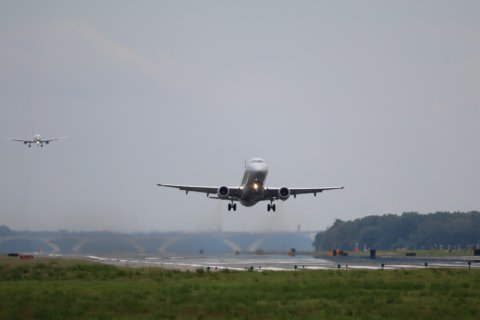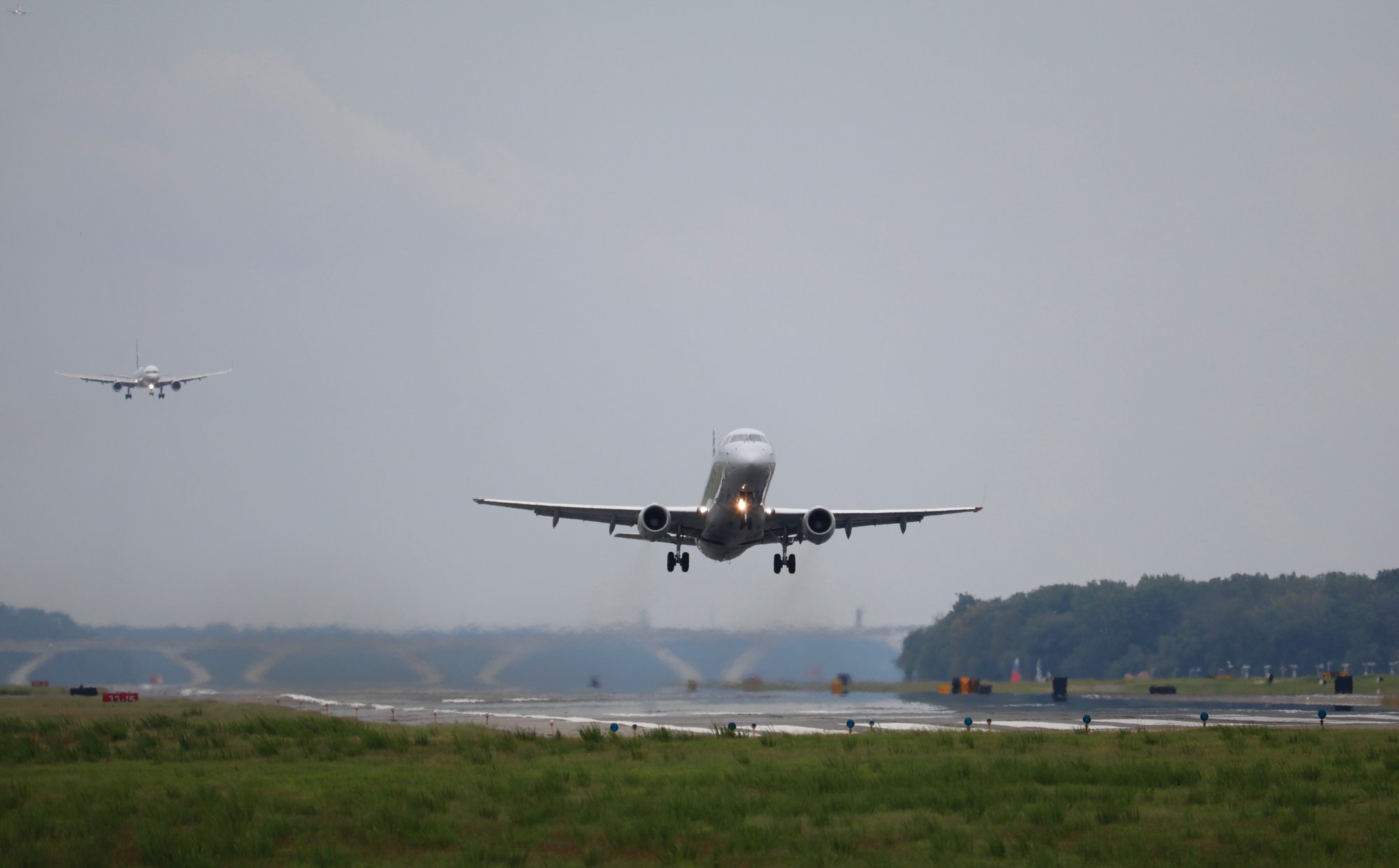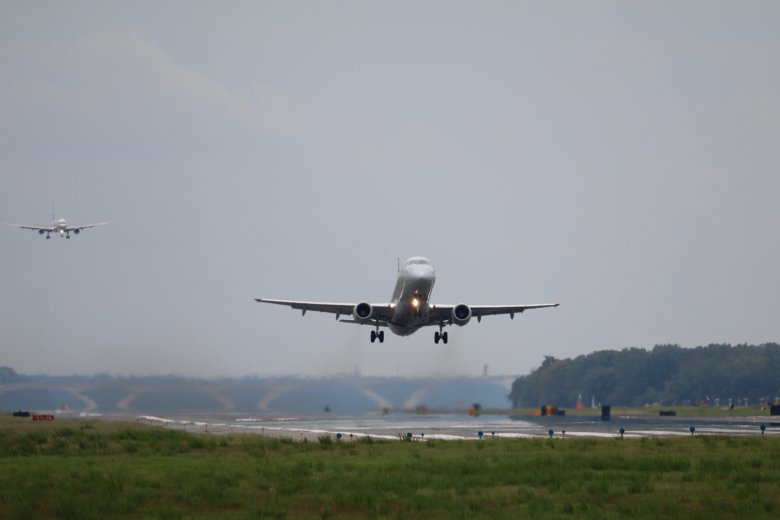COLUMBIA, Md. — “There is no peace,” lamented Sunil Misra as he described relentless airplane noise above his dream home in Columbia, Maryland, that seemed to start abruptly earlier this year.

These days, his backyard sounds more like an airport runway than the quiet sanctuary it once was.
“My life is being ruined,” Misra said. “My desire to have a stable home where I could raise my child has been taken away from me.”
Misra, who has been at his home on Flintfeet Lane for more than 30 years, is now fed up and looking for a new place to live.
“When my father and I are in the backyard, we have to shout to be heard,” said Misra’s son Vikram. “A lot of quiet has been robbed from us.”
Complaints, such as those from the Misra household, are becoming more common in the D.C. region, particularly in neighborhoods around BWI Marshall and Reagan National airports.

Over the past four years, flight paths have been getting lower and more concentrated due to NextGen, a program being implemented by the Federal Aviation Administration.
“This is nationwide,” said Linda Curry, a member of a community round table that discusses airplane noise around BWI Marshall. “Any major airport that you can think of is having the same issues, and people are complaining about the same exact thing.”
The FAA says NextGen, a satellite-based navigation system, reduces “flying time, fuel use, and aircraft exhaust emissions while getting passengers to their destinations at more predictable times.”
It has also led to louder and more frequent flights directly over homes.
“There’s a woman who lives in Howard County who has been absolutely miserable,” Curry said. “There are times she sleeps in her car at a shopping center instead of her home because she can’t take it anymore.”
Fighting the FAA: An uphill battle
Maryland has just recently started to fight back.
In June, Attorney General Brian Frosh filed a federal lawsuit in the U.S. Court of Appeals for the District of Columbia Circuit, hoping to get the FAA to reconsider its new flight patterns around Reagan National and BWI Marshall.
“All the planes are concentrated in one area,” Frosh said. “The noise is deafening. It wakes people up at night, it wakes them up in the morning and it’s extraordinarily unpleasant.”
However, Frosh’s case is sure to be an uphill climb.
A similar lawsuit, from a coalition of Northwest D.C. neighborhoods regarding Reagan National flight patterns, was rejected by the same court this year on the grounds that the residents waited too long to file their complaint.
“We dismiss the petition as untimely,” the court ruled.
“The only option for us at this point is to appeal to the Supreme Court,” said Richard Hinds, an attorney representing the Northwest residents. “That’s a tougher obstacle.”
It also sets a tougher precedent for the effort in Maryland.
“It doesn’t provide the rosiest picture for us, but we still believe that we have an opportunity and an ability to overcome it,” Frosh said. “We’re hoping that the FAA will see reason.”
In a statement, the FAA said that it is committed to working with community groups and being “highly collaborative” and “cooperative” in addressing noise-related concerns. But it said that it is limited in what it can do and say publicly “in light of the legal and administrative petitions filed by the Maryland attorney general.”
That provides no answers or comfort to people such as Misra, who are suffering through the constant, rumbling drone of airplanes with no end in sight.
“Everything we ever dreamed for is going down the drain,” said Misra. “It has absolutely sapped whatever I thought my life was going to be.”










